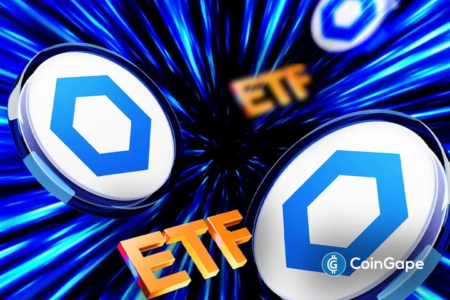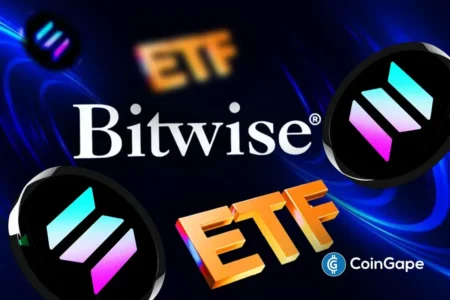Stripe’s Bold Move into Stablecoins: Revolutionizing Payments with AI Innovation
In a surprising turn of events last year, Stripe acquired Bridge for a staggering $1.1 billion, marking a significant shift in the landscape of fintech. Fast forward to today, and we witness Stripe enabling a remarkable $14 million transfer to Mexico within just two hours. This shift is not merely about speed; it reflects Stripe’s broader ambitions within the realm of stablecoins. The company’s recent developments indicate a clear strategy focused on automating payments, leveraging machine-to-machine transactions, and showcasing a prototype that makes payments more efficient than ever before.
Stripe’s Ramp-Up in Stablecoin-Powered Payments
Post-acquisition, Stripe is rapidly expanding its capabilities in stablecoin transactions, moving beyond basic on- and off-ramp integrations. A recent post from Jennifer Le, Stripe’s Product Head, has unveiled plans for new agent-driven payment systems. This pioneering approach allows AI agents to autonomously initiate, pay for, and verify transactions using stablecoin frameworks. The implications are far-reaching, not only for businesses looking to streamline their financial operations but also for the future of automated payment systems in the digital economy.
Innovative Features for Businesses
Just last month, Stripe rolled out features enabling companies to hold and transact using stablecoin balances. The integration of Bridge has also led to the launch of Open Issuance, a platform allowing businesses to create, issue, and manage their own stablecoins, starting with USDC. With this, companies can gain a more autonomous and flexible approach to managing their financial transactions. Stripe’s ongoing efforts signal an intention to empower businesses with the tools necessary to adapt to a more decentralized financial environment.
The AI-Agent Driven Payment Landscape
While Stripe is making headlines with its developments, it’s important to recognize that it is not alone in exploring AI-driven payments. Other players, particularly those rooted in the crypto sphere like Circle and Coinbase, have made strides with autonomous wallets and agent-triggered micropayments. Visa has similarly published initial research on autonomous on-chain payments. However, Stripe stands out as the first major global payments processor aiming to productize this concept at scale, integrating agent-driven transactions into everyday financial interactions.
Strategic Moves and Industry Impact
Stripe’s recent advancements come amidst broader organizational changes, including the appointment of Erin Tedeschi as Chief Economist. This move points to a deeper commitment to data-informed decisions and innovative research within the company. With its latest prototype, Stripe is on the cusp of potentially transforming how AI-driven stablecoin transactions are situated within everyday digital commerce. As the prototype evolves, Stripe may solidify its position as a leading influence in the integration of AI and stablecoin transactions, legitimizing their role in modern financial systems.
The Future of Digital Payments
The development of AI-driven stablecoin transactions marks a paradigm shift in how we think about and execute payments. With Stripe’s focus on automating financial processes, businesses can expect to see reduced friction in transactions, enabling quicker and more efficient payment flows. As this technology matures, it holds the potential to reshape the landscape of digital commerce, making financial transactions not just faster but also more intelligent and adaptable.
Conclusion
Stripe’s audacious entry into the world of stablecoins and AI-driven payments sets the stage for significant advancements in the financial sector. As the company refines its prototype and expands its product offerings, we are witnessing a pivotal moment that could redefine how businesses interact with money in a digital economy. As we move toward a future where AI and blockchain technology intersect, Stripe is poised to lead the charge in making stablecoin payments widely adopted, efficient, and integral to the fabric of our financial systems.
















